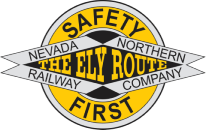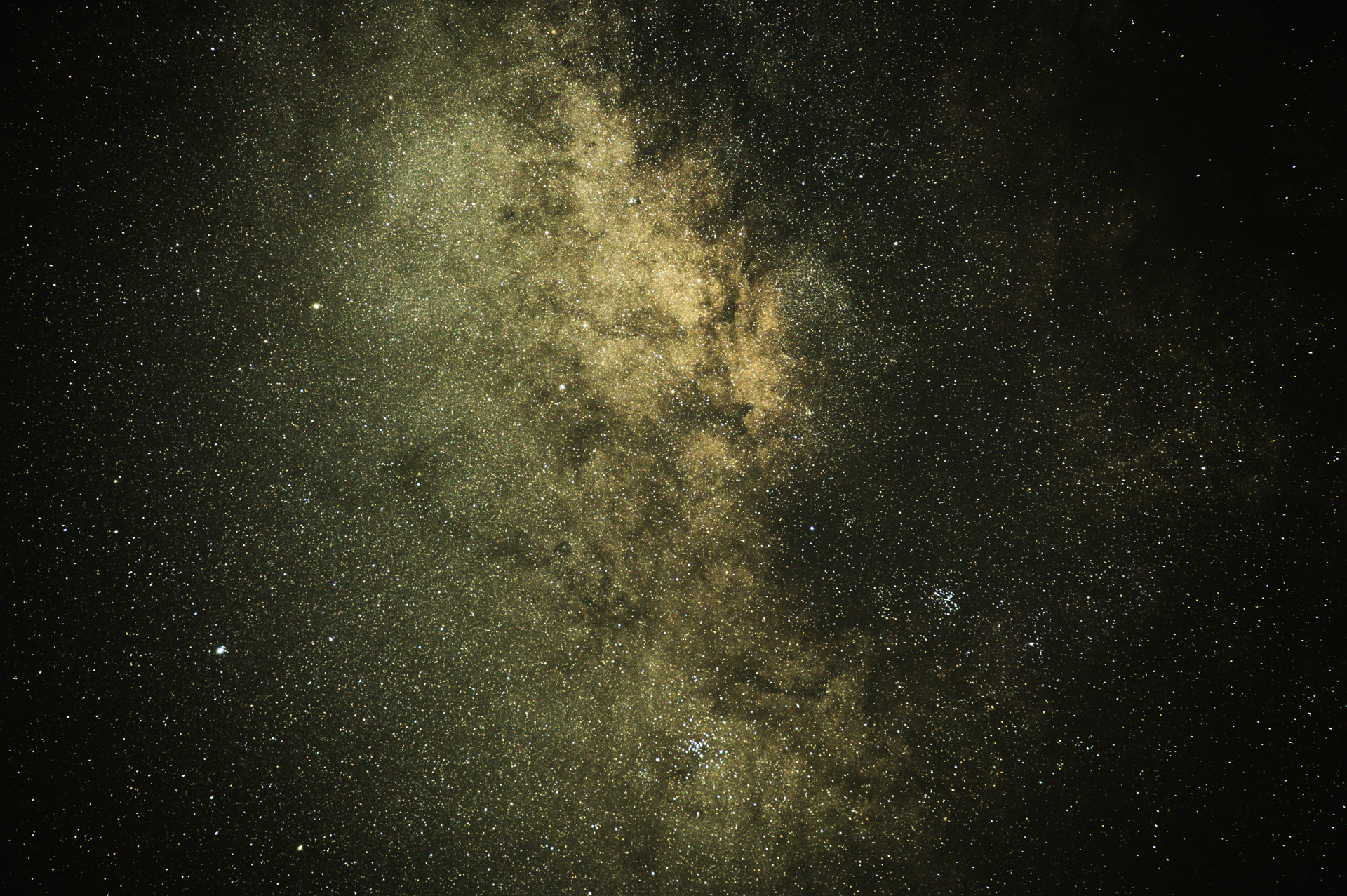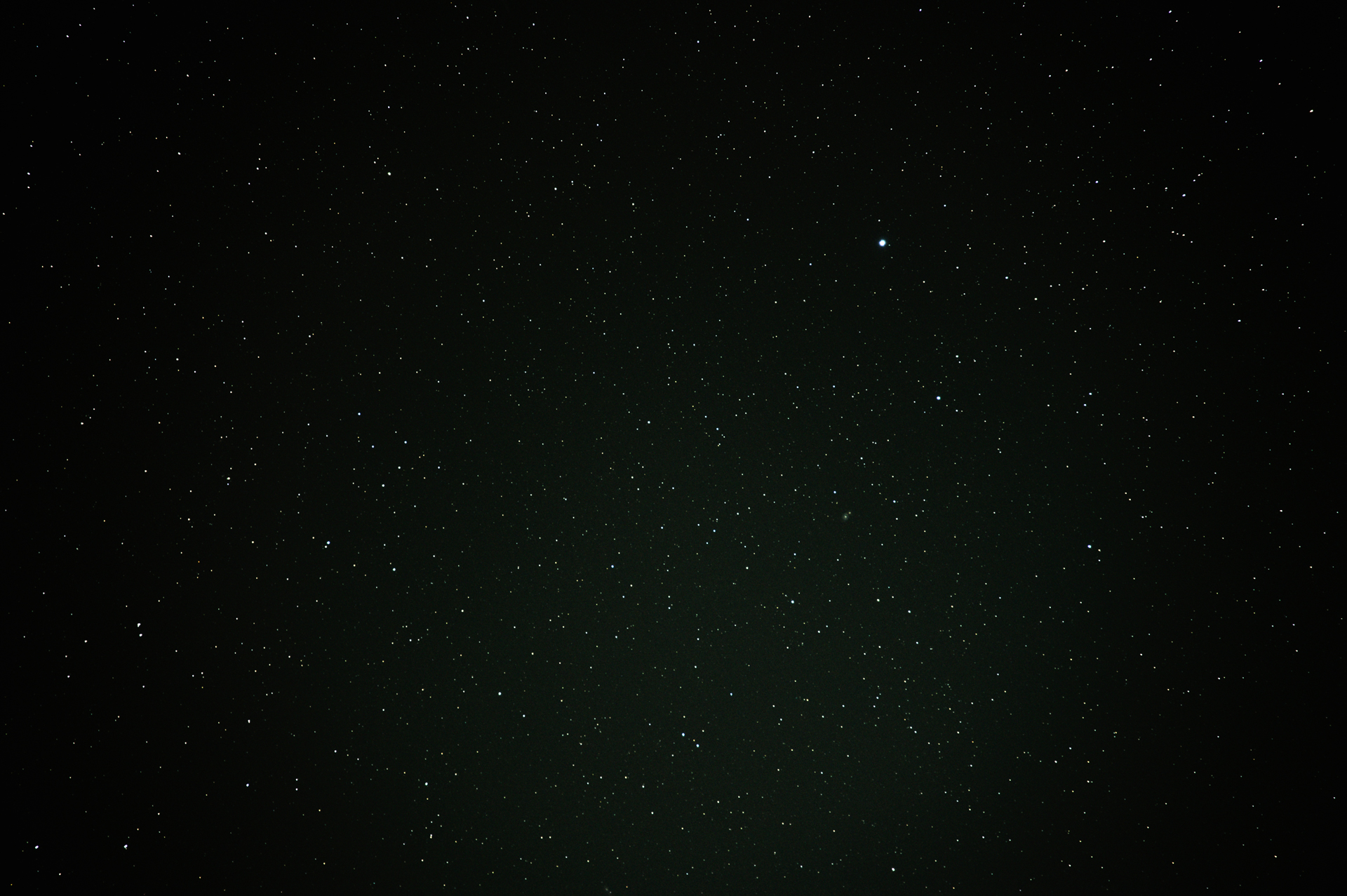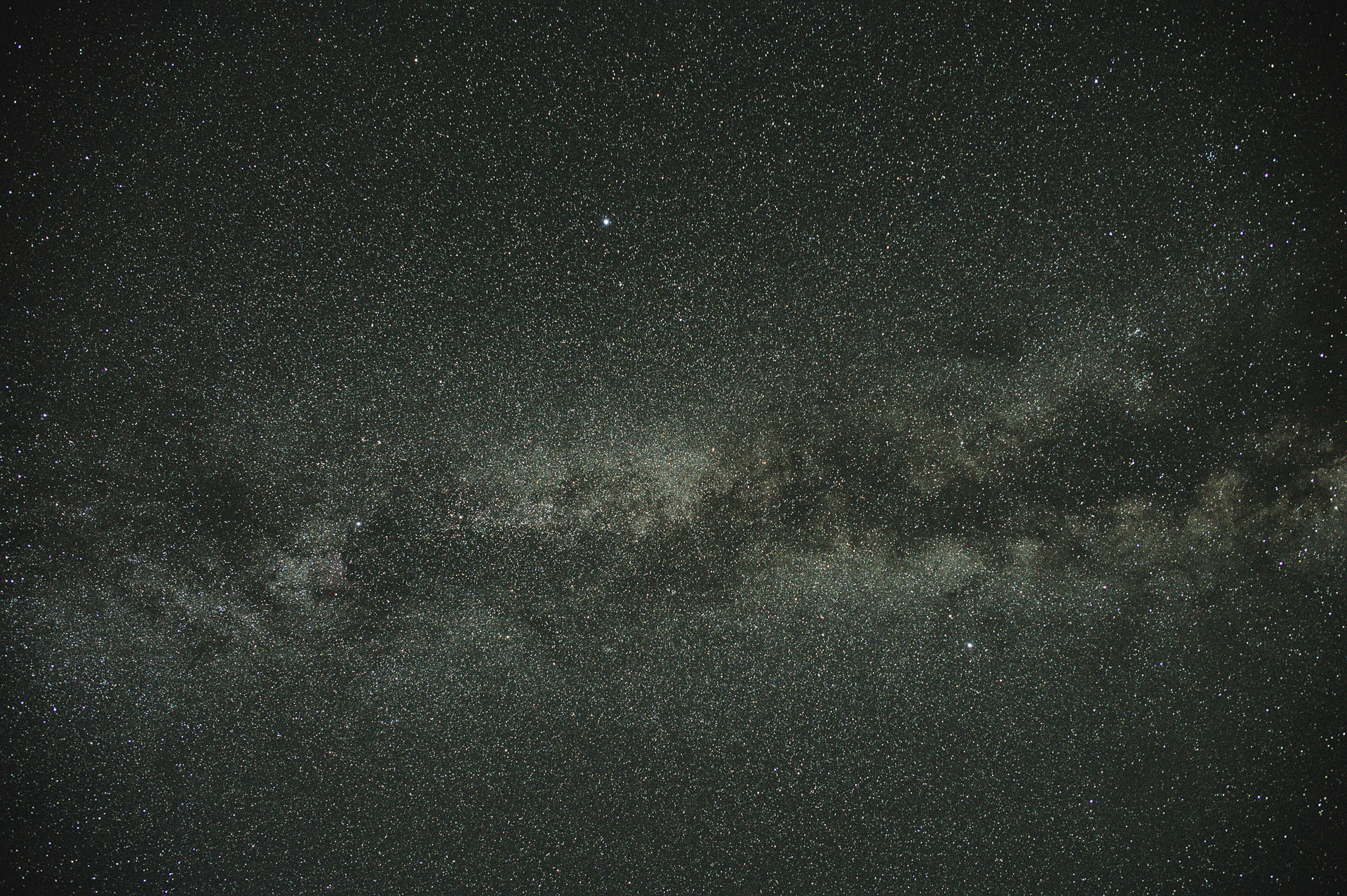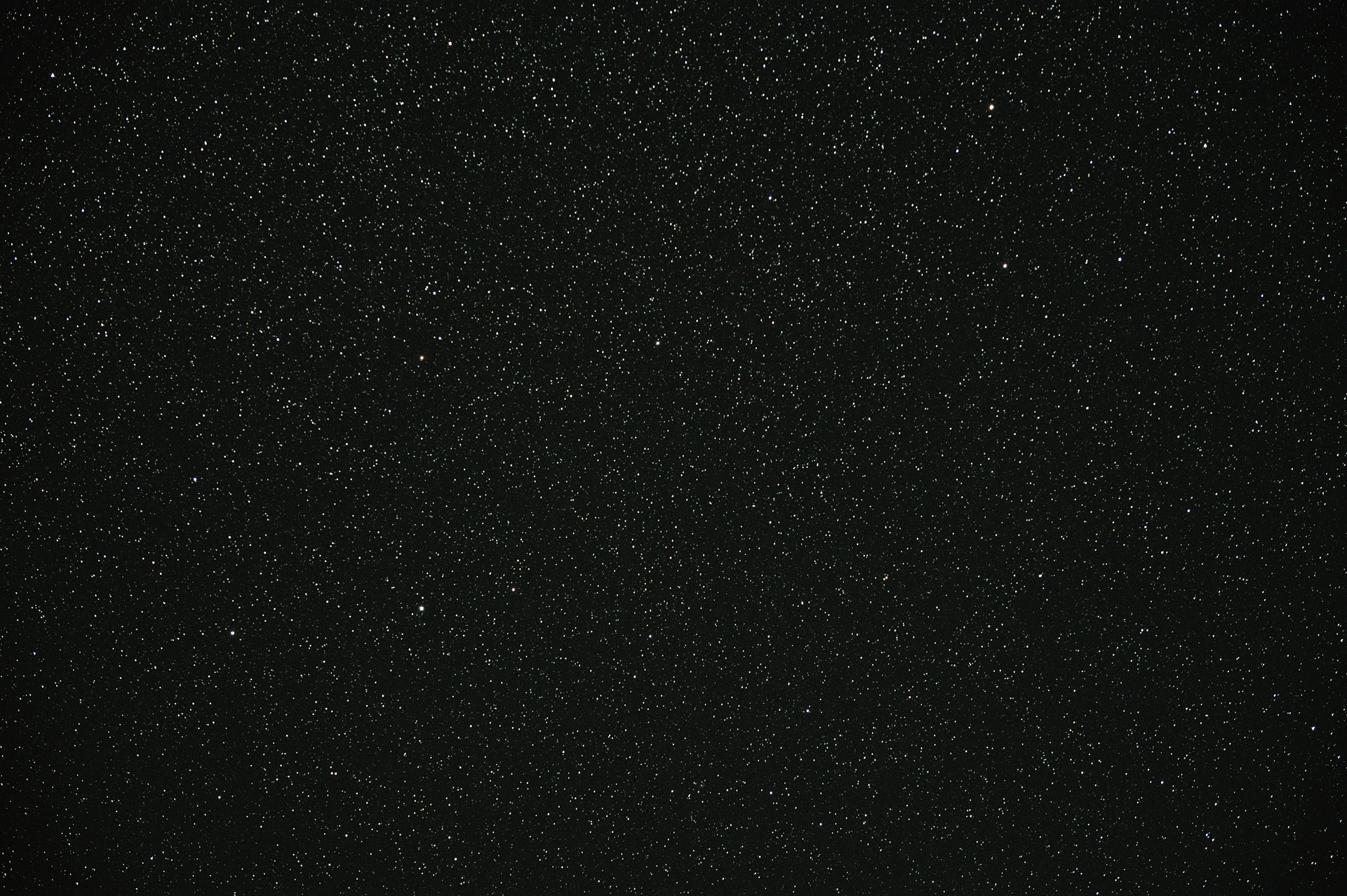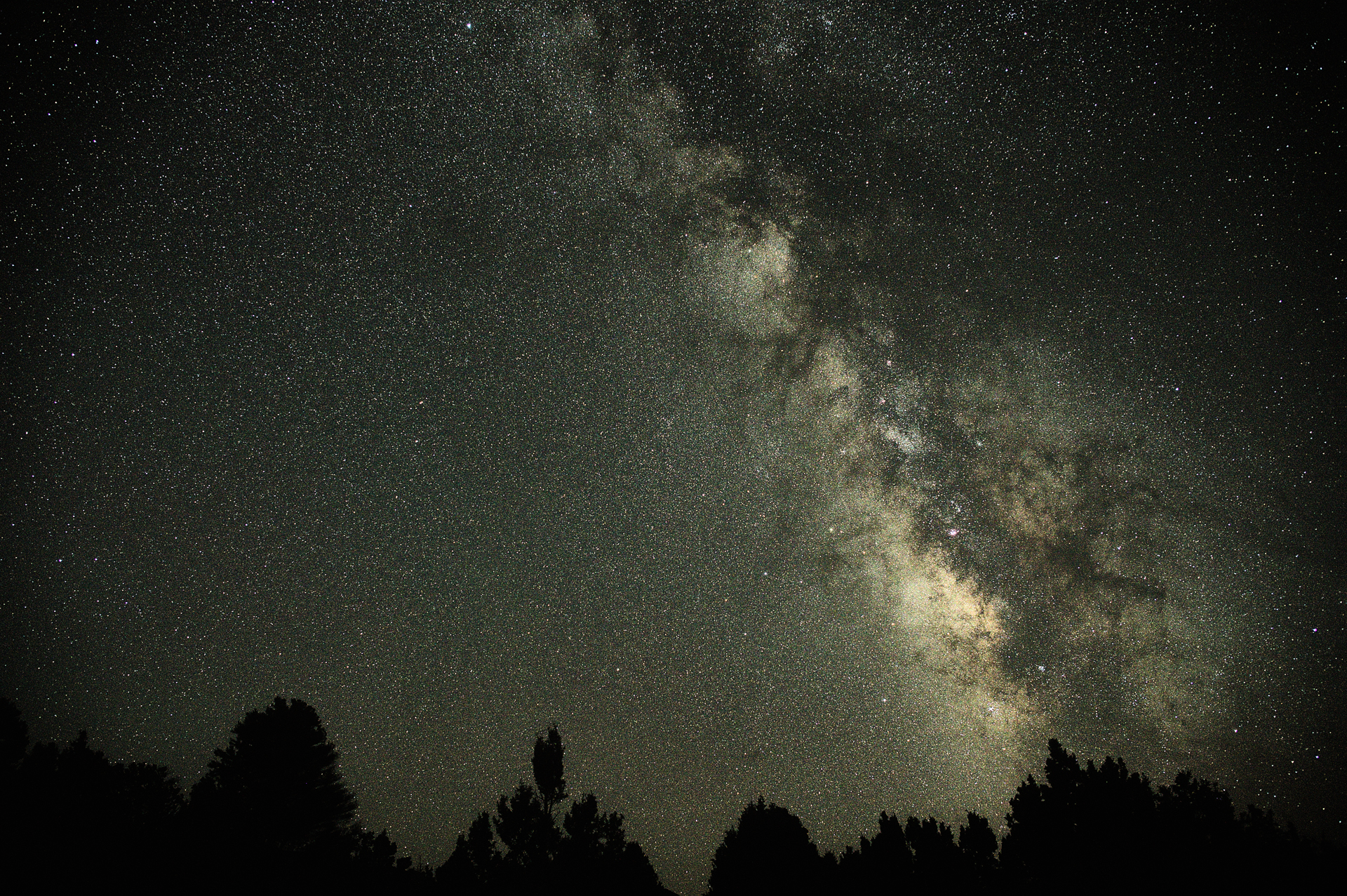Discover the Magic of Dark Skies
Experience the breathtaking beauty of the night sky like never before. Far from city lights and surrounded by Nevada’s pristine wilderness, the Nevada Northern Railway offers unforgettable journeys to some of the darkest, clearest skies in the country.
The Importance of Dark Skies
The night sky has inspired humanity for millennia - from ancient myths to modern science. Dark skies are more than just a beautiful backdrop; they’re essential for astronomical research, wildlife health, and even our own well-being. Unfortunately, increasing light pollution threatens this natural wonder, dimming the stars and disrupting ecosystems.
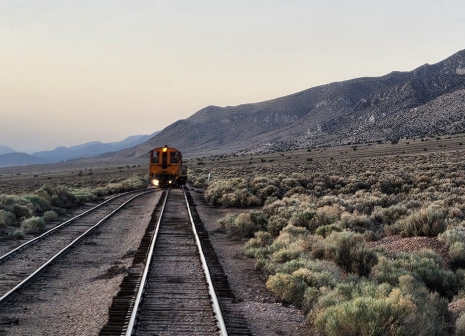
At 6500’ elevation, the Nevada Northern Railway offers a unique gateway to some of the darkest skies in the country. Situated far from city lights and nestled at high elevation, this historic rail line travels through clear desert air, providing an unparalleled vantage point for stargazing.
Unlike many locations, the NNRy’s route offers astonishing views of the night sky, making it an ideal spot to witness the grandeur of the cosmos.
Great Basin National Park
Great Basin National Park is one of Nevada’s true hidden gems, offering some of the darkest, clearest night skies in the United States located just 60 miles from the NNRy. Officially designated as an International Dark Sky Park, it provides an extraordinary environment where the cosmos reveal their full splendor. The park’s remote location, high elevation, and minimal light pollution combine to create perfect conditions for stargazing, making it a must-visit destination for astronomy enthusiasts.
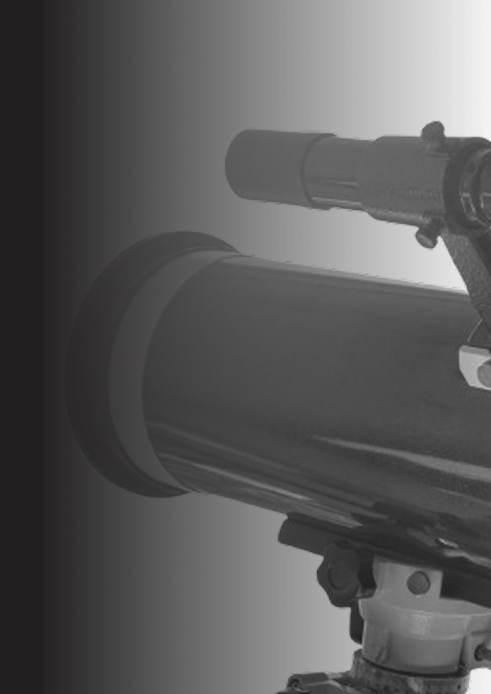
Telescopes & Resident Astronomer
The Great Basin Star Train ride
includes 8-inch telescopes and
knowledgeable astronomers to
guide your stargazing adventure.
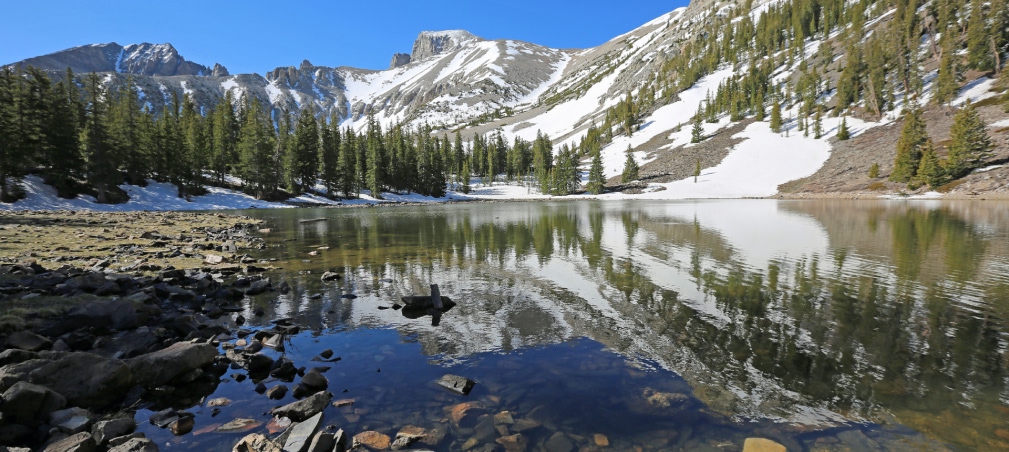
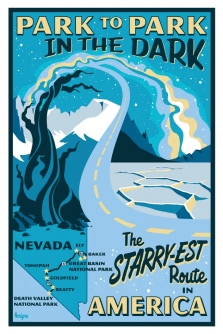
Park to Park: Nevada’s Dark Sky Trail
The Park to Park in the Dark initiative connects Nevada’s top dark sky destinations, encouraging travelers to explore protected night sky areas. Highlights include Great Basin National Park and the nearby DSA-2000 telescope project, offering unforgettable stargazing, education, and cosmic wonder far from city lights.
Ride the Rails to Nevada’s Most Stunning Night Skies
Two Options to Ride into the Night, Discover the Magic of the Universe
Step aboard the Nevada Northern Railway for magical evenings that blend history, comfort, and cosmic wonder. Our star trains take you to remote dark sky sites to witness the Milky Way - without the hassle of camping or long drives - complete with expert guides and telescopes for an unforgettable celestial adventure.
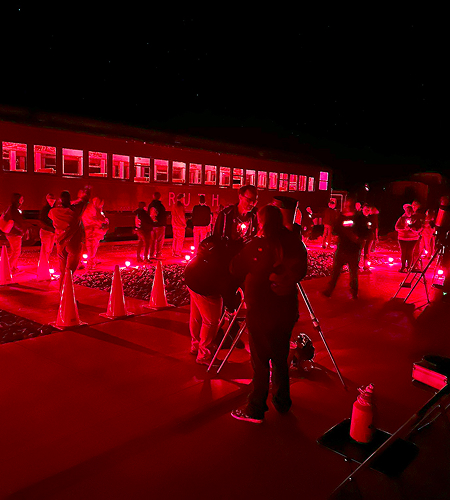
Available from mid-May to mid-September
Great Basin Star Train
Your journey begins just before sunset on the Valley Vista route, ascending above Steptoe Valley for breathtaking views and a classic western sunset. As twilight deepens, the train arrives at Star Flat, a remote desert perfectly suited for viewing the night sky. At Star Flat, telescopes are set up and ready for you to explore the cosmos. Under clear, moonless skies, you'll have the chance to view planets, galaxies, and the shimmering band of the Milky Way with guidance from knowledgeable stargazers.

Available Throughout The Year
Sunset, Stars, and Champagne
Experience a marvelous western sunset and watch the stars come out, while enjoying a relaxing train ride in Nevada's high desert country. The train takes you out into the desert, above Steptoe Valley, giving you a wonderful panoramic view of the sunset. On the return trip, enjoy looking up at the stars, as they come out in the heavens above. Weather permitting, you should be able to clearly see the heavens with your naked eye. Bring your smartphone to help orient you to the night sky.
Stunning Night Skies Captured by Our Visitors
Explore breathtaking astrophotography from fellow travelers on the NNRy star trains.
Interested in Having Your Night Sky Photo Featured Here?
Submit your photo below, and if approved we’ll feature your photo in our NNRY Night Sky Gallery
Resources for Beginner Astronomers
Discover FAQs, tips, and guides to help you start your stargazing journey with confidence.
The life cycle of a star depends primarily on its starting size or mass. The largest or most massive stars only live for millions of years and die in spectacular explosions, leaving behind a black hole or neutron star. Less massive stars like the sun live for billions of years and leave behind a planetary nebula with the inert, but very hot core of the original star at its center.
The closest observatory to Ely is the Great Basin Observatory in the Great Basin National Park—the only research-class telescope in a national park. Another close observatory that will be finished in 2029 is the Deep Synoptic Array 2000 (DSA-2000), which will be a radio interferometer in Spring Valley. The DSA-2000 will image the sky above at radio wavelengths and the data will be publicly available to the entire world.
It depends. If you want to use an eyepiece to look at an object, know where a few bright stars are in the sky, and want an automated experience (i.e., a computerized mount), then a 6″ or 8″ computerized Celestron telescope will cost ~$1600. If you do not need a computerized mount and know your way around the sky, then a Dobsonian might be good for you. If you don’t care to look through an eyepiece and just want pretty pictures, then something like a Seestar telescope will cost you ~$500, while being extemely portable. And as always, binoculars are extremely underrated, especially for observing the moon, Milky Way, and Andromeda Galaxy.
Spend The Perfect Day in Ely
Discover the heart of Nevada with a full day of history, adventure, and charm. From prehistoric wonders to train rides, outdoor exploration, and downtown art—Ely offers something unforgettable for everyone.
